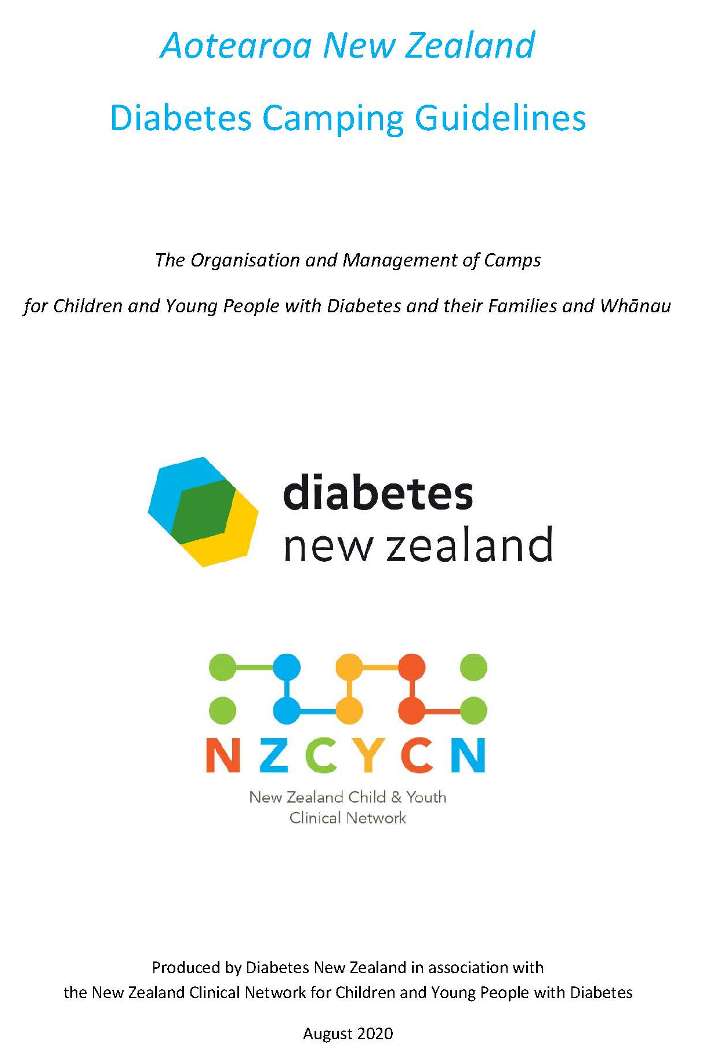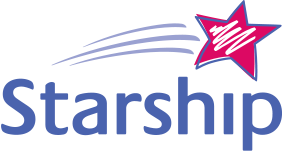Camps
The Clinical Network, in collaboration with Diabetes New Zealand, have undertaken two projects about camps for children with diabetes in New Zealand. The first is the Diabetes Camp Guidelines and the second is a national survey about school camps and excursions for children with diabetes.
Diabetes Camping Guidelines

These guidelines have been designed to ensure that the health and safety of young people with diabetes is maintained at all times during camp.
It is recommended that all Diabetes New Zealand Groups and other New Zealand groups organising camps for young people or families with diabetes follow these guidelines, wherever possible and appropriate.
The information contained within these guidelines is provided for reference purposes and is not intended to be a complete manual or handbook, nor is it intended to provide requisite forms, policies or procedures for diabetes camps. Every camp should develop its own materials that address the safe and effective provision of services to children with diabetes in its own unique camp setting - these services must meet the regulations of local and national government/accrediting bodies. The information provided here is intended to guide those involved through the process.
Click on the image to the right to download a full copy of the guideline.
